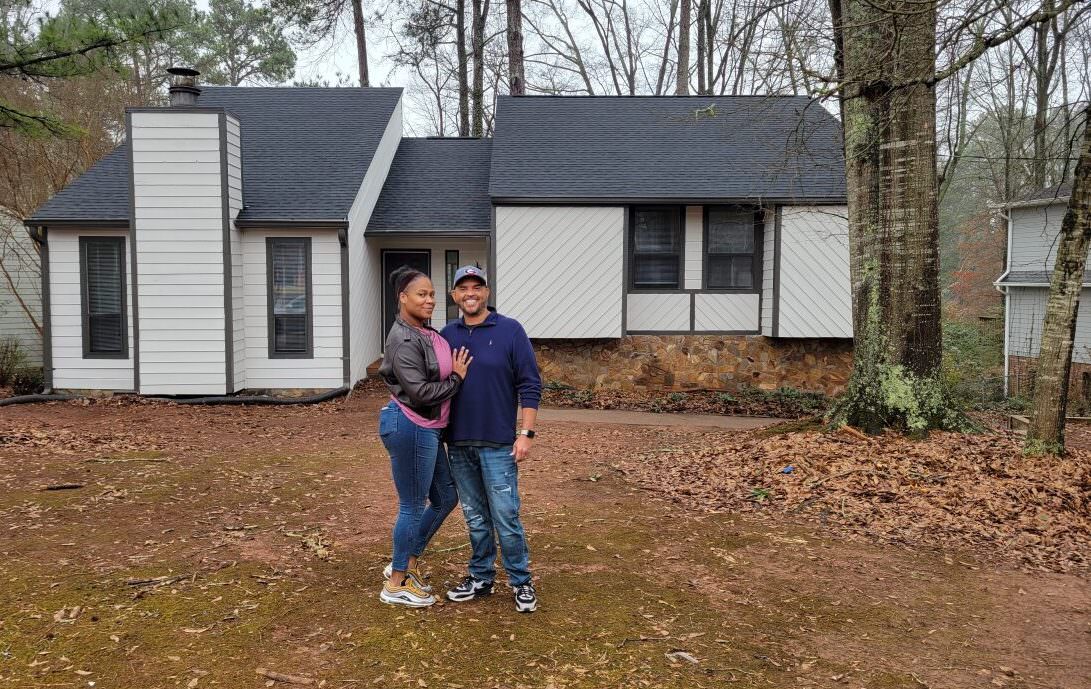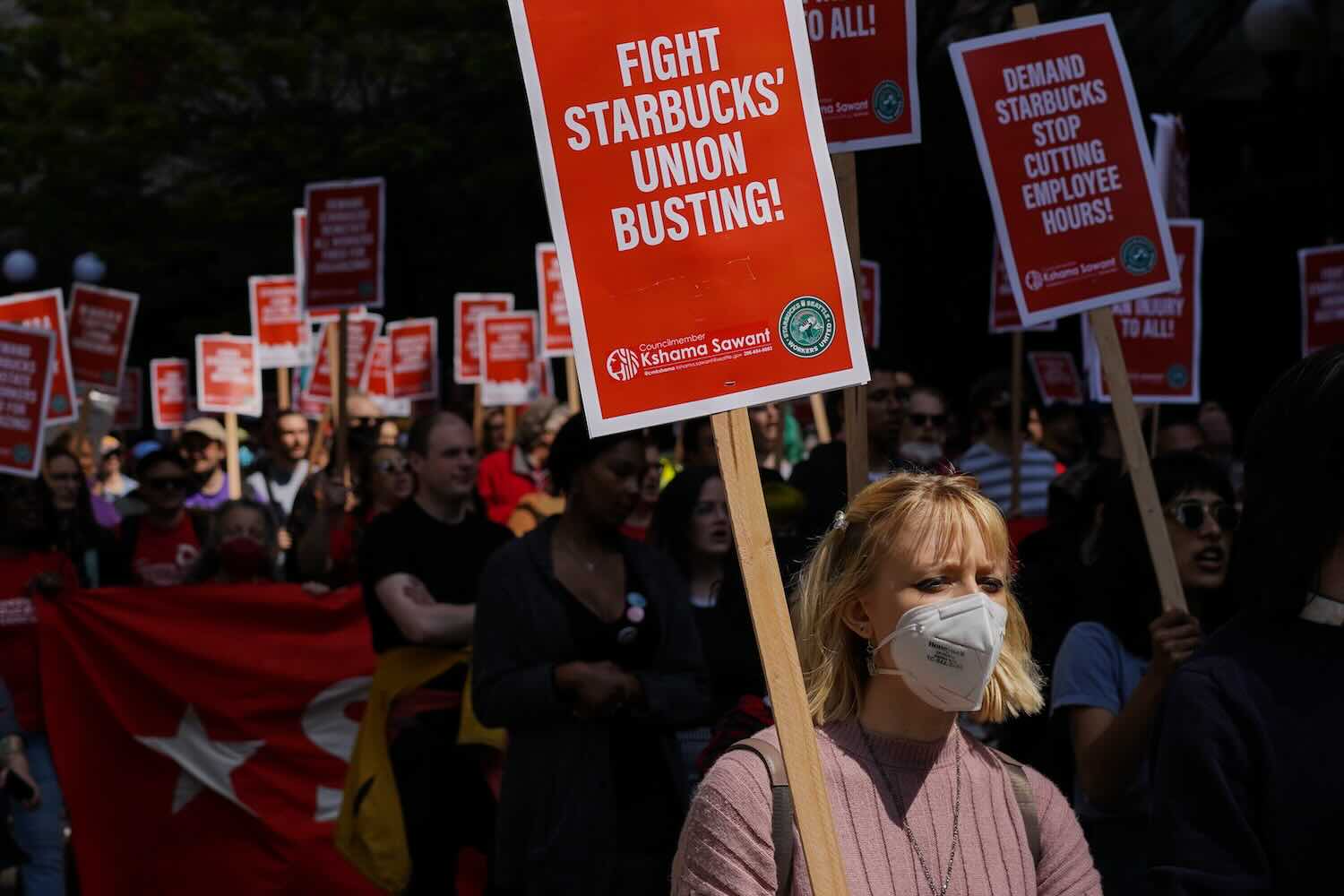As the affordable housing crisis drags painfully on, more and more people are pointing the finger at investors buying homes. News headlines – such as Wall Street has purchased hundreds of thousands of single-family homes since the Great Recession – highlight this trend. And recently, even Congress has piled on with the Stop Wall Street Landlords Act of 2022.
But critical nuance is missing when commentators dump all single-family rental (SFR) investors into the same scary “Wall Street” bucket. Conversations around multifamily rentals do not treat all investors the same: No one puts luxury high-rise apartments in Miami into the same category as income-restricted apartments in Baltimore. The single-family housing conversation needs that same level of basic distinctions.
Here’s why: Painting all SFR investors with the same broad brush overlooks the innovative solutions that exist in the realm of community-oriented financial investment. Impact-focused SFR investors are offering alternative approaches that deliver meaningful, long-term affordability along with the scalability required to help solve the crisis of limited affordable housing stock.
If you are committed to increasing the availability of affordable housing and combatting long-standing systemic issues, pay attention to the SFR Impact Investors on the leading edge of positive change.
Single-family rentals: An affordable housing solution
Let’s be clear: Homeownership is one of the most important paths for low- and moderate-income families to build wealth over time. Given the tremendous racial gap in homeownership rates, promoting homeownership among previously excluded Americans is critical to driving equity and overcoming historical discrimination.
At the same time, since the deep need for affordable housing won’t be resolved overnight, we must examine how to provide quality, affordable rental options – quickly, inclusively, and at scale.
Of course, multifamily housing and government programs are critical to helping produce new affordable units. However, building new affordable housing generally requires significant subsidies, limiting the scalability of these efforts. Therefore, it’s equally important to preserve existing affordable rental units. To do that at scale, single-family properties must be part of the solution. After all, single-family homes make up more than 50% of the rental market.
Policymakers, housing advocates, and investors must recognize that SFRs – managed with a commitment to affordability and social impact – deserve a seat at the affordable housing table. At Center Creek Capital Group, our Affordable Homes Impact strategy is charting this new path.
Rehabilitation to preserve existing housing stock
Rehabilitation should be central to any smart SFR impact strategy. Rehabilitating older houses in significant disrepair expands the affordable, livable housing stock at a fraction of the cost of new construction. Importantly, given the amount of repair that Center Creek’s houses require, we generally do not compete with would-be homebuyers in the market.
From an impact perspective, the rehab focus makes every invested dollar go further. From an investment perspective, the total basis in a rehabilitated property is well below replacement cost – immediately gaining equity from the value-add renovations.
When purchased wisely and managed well, these houses produce strong rental cash flow. Additionally, houses offer investors potential upside based on housing appreciation and present a natural hedge against rising interest rates and inflation. Decades of historical experience prove that affordable rentals hold up better than more expensive properties in down markets. Thus, SFR focusing on impact properties provides very attractive risk-adjusted financial returns while also expanding the supply of affordable housing for low- and moderate-income families.
Impact on residents
Some critics suggest that all single-family houses should belong to homeowners. But there’s hidden discrimination in that view: People who argue that all single-family houses must be sold to homeowners are implicitly relegating all renters to apartment buildings.
SFRs can offer a significantly better quality of living than most apartments. For example, Center Creek’s typical house has three or more bedrooms, 1,200-1,800 square feet of living space, and amenities like off-street parking and yards. That’s space that most affordable apartments can’t offer and a lifestyle that many lower-income families desire. The truth is apartment living does not work for all families, and there’s no reason renters should be restricted from enjoying the benefits of a house.
Additionally, SFRs managed for impact enable families to live in areas they otherwise could not afford. Center Creek, for example, offers families who earn 60-80% of Area Median Income (AMI) the ability to live in neighborhoods that would otherwise be out of their price range unless they were earning 100-120% of AMI.
Beyond these lifestyle and neighborhood opportunities, an SFR strategy that is truly committed to affordability – and to the communities in which it operates – can go even further. Impact-minded firms should offer wraparound services to their residents, such as financial literacy training, credit counseling, free internet, and even offering renters the opportunity to buy their house over time and become homeowners. Layering on these services helps promote economic inclusion – and the primary beneficiaries are often minorities who deserve racial equity through housing.
Taken as a whole, this is the type of positive social impact that can change a family’s life trajectory. In the environment of high-interest rates, SFRs must not be cut out of the conversation when families need high-quality, affordable housing opportunities.
A powerful opportunity
One critical strength of this impact-focused SFR approach is its scalability: It can be dialed up with relative speed.
There is a powerful opportunity to leverage existing housing stock in the housing affordability crisis if leaders embrace a perspective that gives single-family rentals a seat at the affordable housing table. For policymakers and housing advocates, this requires a recognition that not all investors can be painted with the same brush. Impact investors in the SFR space are fundamentally different, and government financing programs for affordable housing should extend to affordable single-family rentals.
American families have never before so urgently needed the positive impact that affordable SFRs offer. Investors in SFRs can receive highly attractive risk-adjusted returns while also driving a positive impact on families and communities.
Dan Magder is the Founder and Managing Partner of Center Creek Capital Group and CEO of Center Creek Homes.











